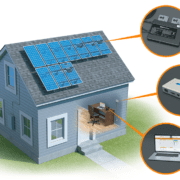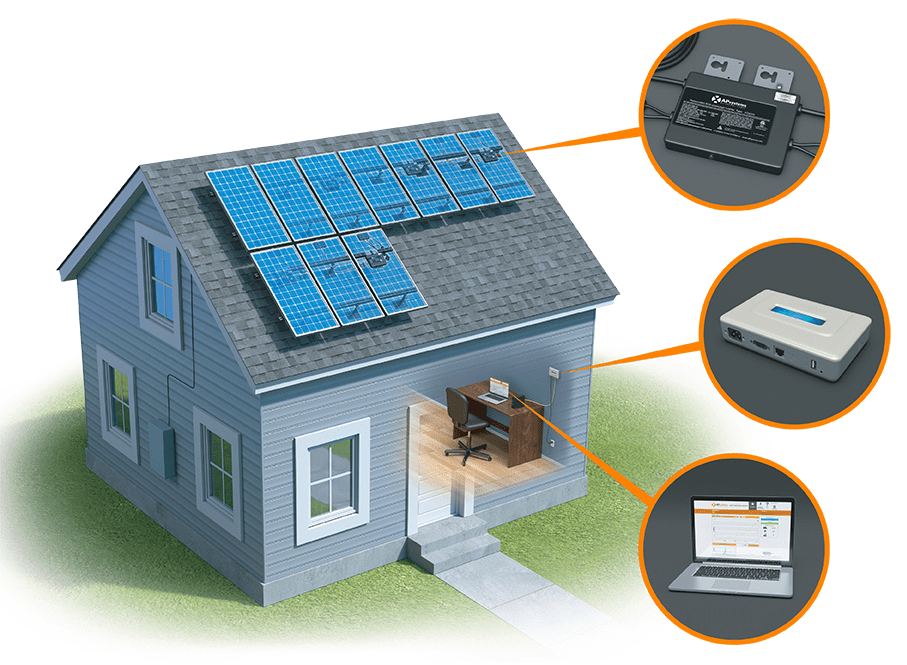New APsystems’ White Paper : Quality, Innovation and Bankability
Quality Management enabling MLPE Innovations to scale Globally while Driving Sustainable Profitability.
APsystems (Altenergy Power Systems) is a global leader in microinverter technology development & manufacturing serving the photovoltaic Industry.
In 2014 and 2015 APsystems ranked no.2 in global market share among microinverter suppliers in units shipped and is the world’s third largest vendor of Module Level Power Electronics (MLPEs) for the solar industry (source: GTM Research). The company has experienced steady growth every year since being founded in Silicon Valley in 2009 and has been profitable since 2012. APsystems is the largest microinverter supplier to China and Australia, and is no.2 in the US and the European regions, increasing its market share dramatically through a robust distribution network worldwide.
This paper describes the crucial aspects of quality control and management taken by APsystems to achieve industry leading standards and scaling its operations globally while improving its financial performance year on year.
Find out more by downloading the full White Paper in English here.

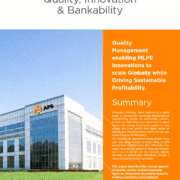

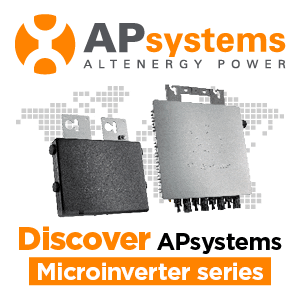








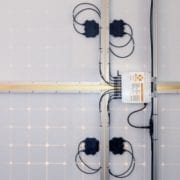
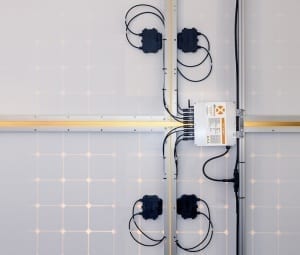
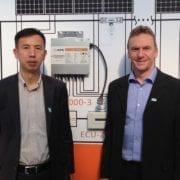
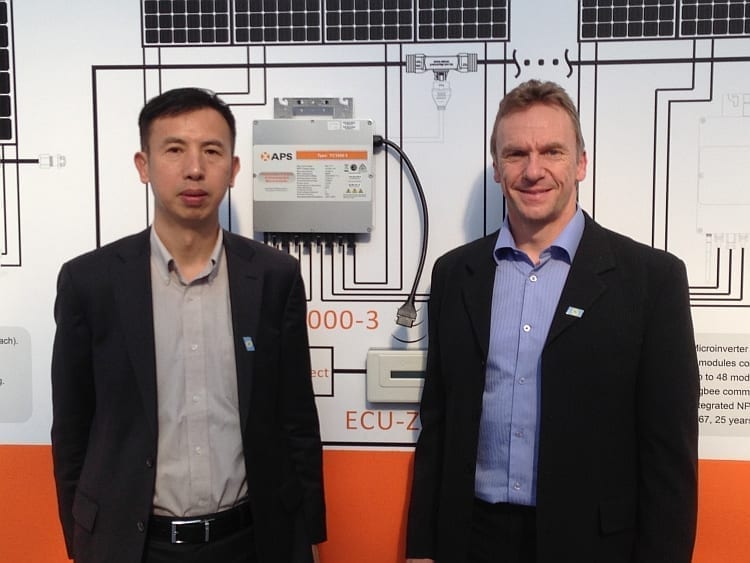 l’Echo du solaire, mars 2016
l’Echo du solaire, mars 2016